Rosé wines are popular for their delicate pink hue and light, fruity flavor. But why exactly is rosé wine pink? It turns out that the color of pink wine comes down to a very simple but effective wine making technique. So what is rosé – rozay?
Maceration method
Rosé wines are not created by blending red and white grapes together. Today, many pink wines are made using a process known as ‘rosé maceration’. In this method, the grapes are crushed and left to macerate with their skins for an extended period of time before being pressed and blended together. Through this process, flavors such as raspberry, strawberry, watermelon and other berry notes are imparted into the wine.
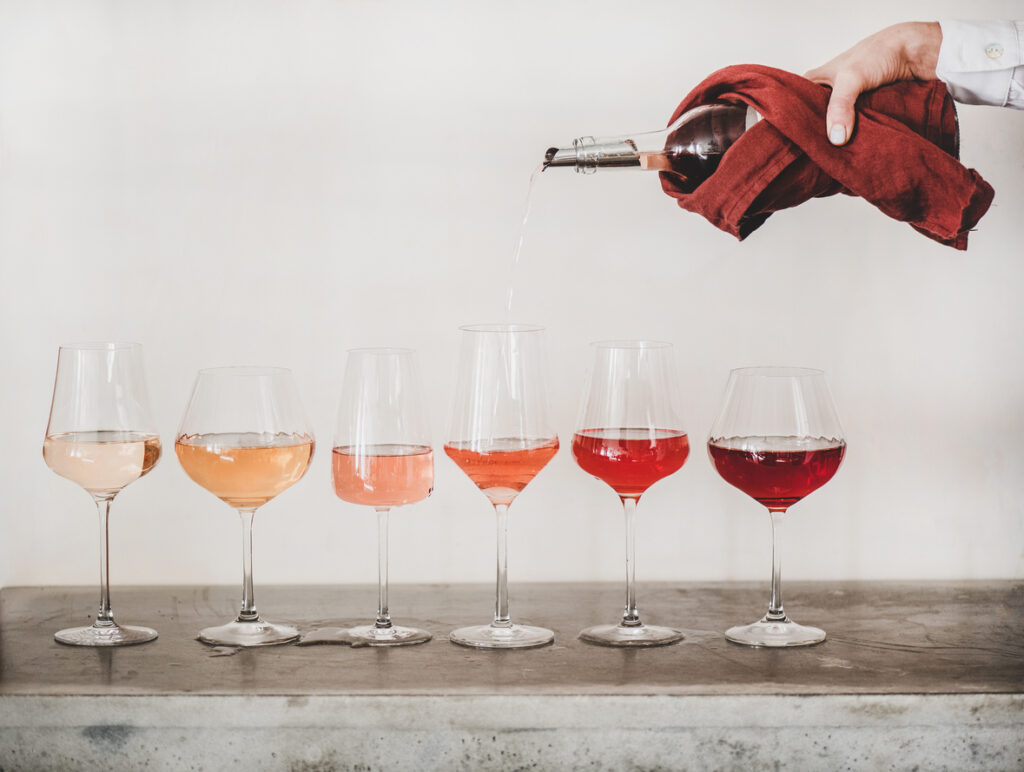
The maceration method is also responsible for imparting pigmentation into the rose wine. The longer grapes stay in contact with their juices during fermentation, the more color will be extracted from the skins.
This results in lighter or darker variations of pink depending on how long they’re left in contact. Some winemakers prefer a light rosé wine while others opt for deeper hues associated with classic Provençal rosés.
Bleeding method
One relatively unknown method of producing rosé wine is called “bleeding,” which is used to separate juice from skins that give rose its color and fruity flavors.
The bleeding method works by slowly draining off the juice from the grapes before significant levels of tannins build up in the wine. This helps to keep any harsh flavors away while still allowing for some skin contact during fermentation to impart desired colors and aromas into the finished product.
After the process is complete, winemakers are left with a delicate balance between sweetness and acidity, as well as smooth body and intense aromas that make rosé wines so unique and enjoyable.
What grapes are used to make rosé wine?
The majority of rosé wines are light coloured „assemblages“ of grenache, syrah, cinsault, mourvedre, pinot noir, zinfandel and others depending on the region the wines are produced in. 20th century winemaking technologies like low temperature maceration allow to produce dry rosé wines with lower alcohol content and new fruity aroma dressing the wine in a spectacular rose coloured gown.
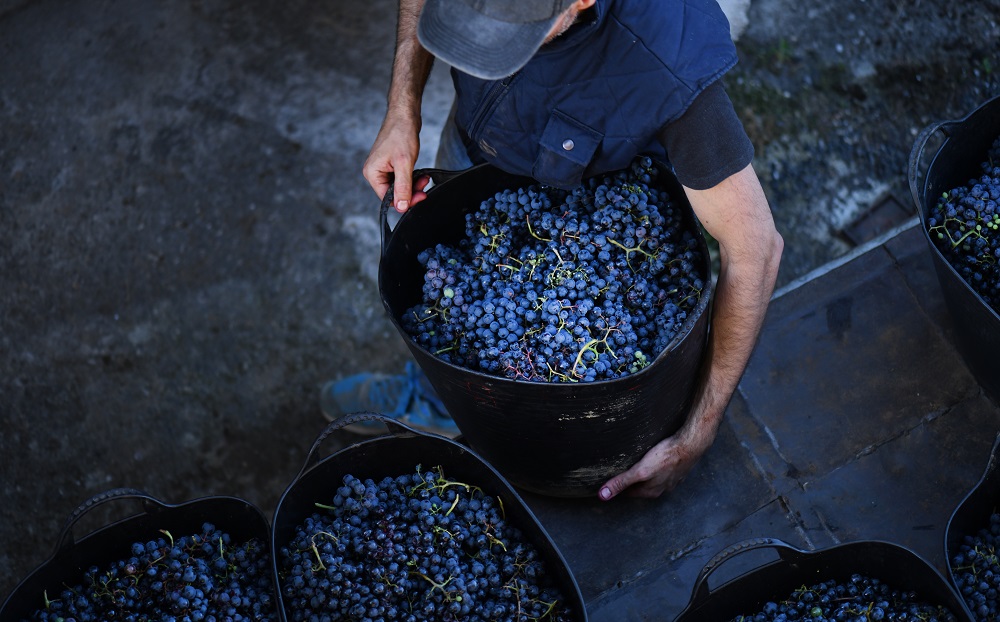
Where is rosé wine made?
Rosé wine is made all over the world. The modern fermentation techniques allow red grapes to be turned into rose wine in Provence, Italy, California, South America, Germany, Austria, Australia and other countries.
Generally speaking, most rosé wines are produced in cooler climates that range from moderate to warm temperatures.
Is rosé real wine?
Some people say that rosé wine is not real wine as it is a blend of different grapes which is produced by modern fermentation techniques. Most rosé wines do not reflect the terroir they grow on. Therefore wine purists consider them as not being real wines but rather an artificial product
Is rosé wine sweet or dry?
Rosé wine is a unique type of wine that can be both sweet and dry. Unlike other wines, it does not adhere to the conventional definitions of either being sweet or dry.
One factor that determines how sweet or dry a rosé wine will be is its color. For instance, an intensely hued pink-colored rosé wine will usually have more sweetness than one with a pale tinted hue. This is because darker colored rosés are often made with more concentrated grape juice which makes them sweeter in taste. Additionally, the winemaker’s style of production can also affect the overall flavor profile and sweetness of rosé wine.
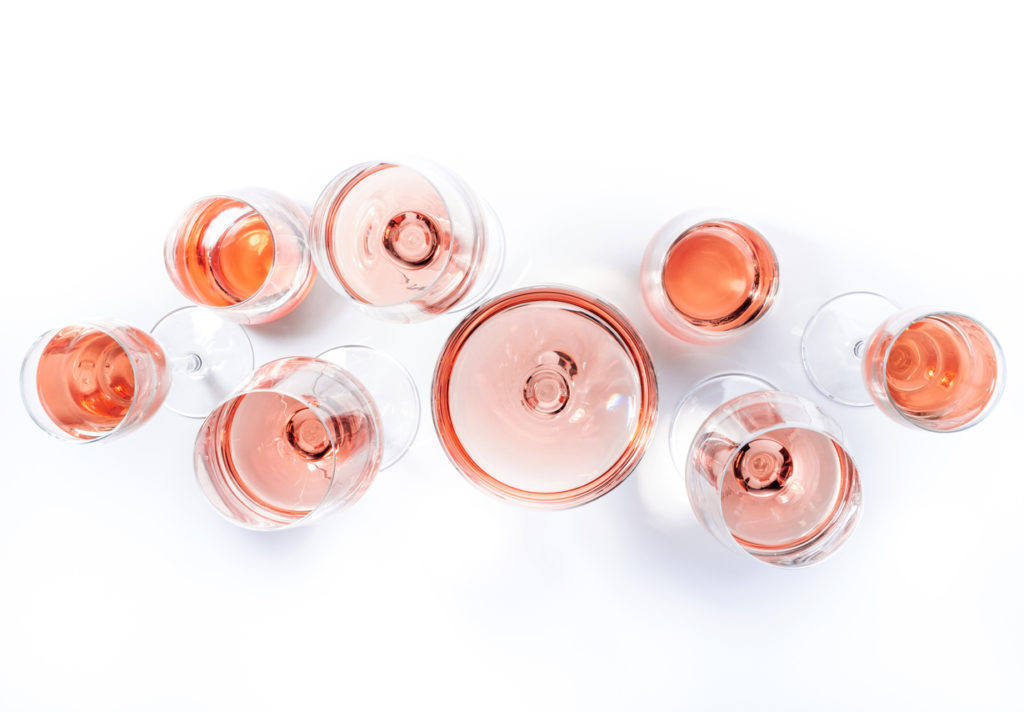
What does rosé wine taste like?
What does rosé wine taste like? Generally speaking, rose wines are light-bodied wines that have a sweet and fruity aroma. Depending on the type of grape used, they may be dry or off-dry with flavors ranging from tart cranberry to sweet strawberry.
When cooled correctly, these wines can also have notes of melon, citrus fruit, herbs and even honey.
Influence of fermentation methods on rosé wine flavor
Ultimately, the flavor of rosé wine will depend on the types grapes used in production as well as the country it was produced in. The combination of all these elements creates an enjoyable taste experience for any occasion.
The bleeding or saignee method yields rosé wines with stronger flavors whereas the maceration method provides light fruity tasting rosé wines.
Influence of the grapes on rosé wine aroma
Grapes are the key ingredient in all wines, but this is especially true of rosé. Rosé wines can be made from any variety of grape, however each type contributes its own unique character and aroma to the final product.
For example, Syrah grapes are known for producing wines with spicy notes while Grenache lends subtle sweetness and complexity. When combined with other grape varieties such as Cabernet Sauvignon or Merlot, interesting blends can be created that offer an array of aromatic and flavorful experiences.
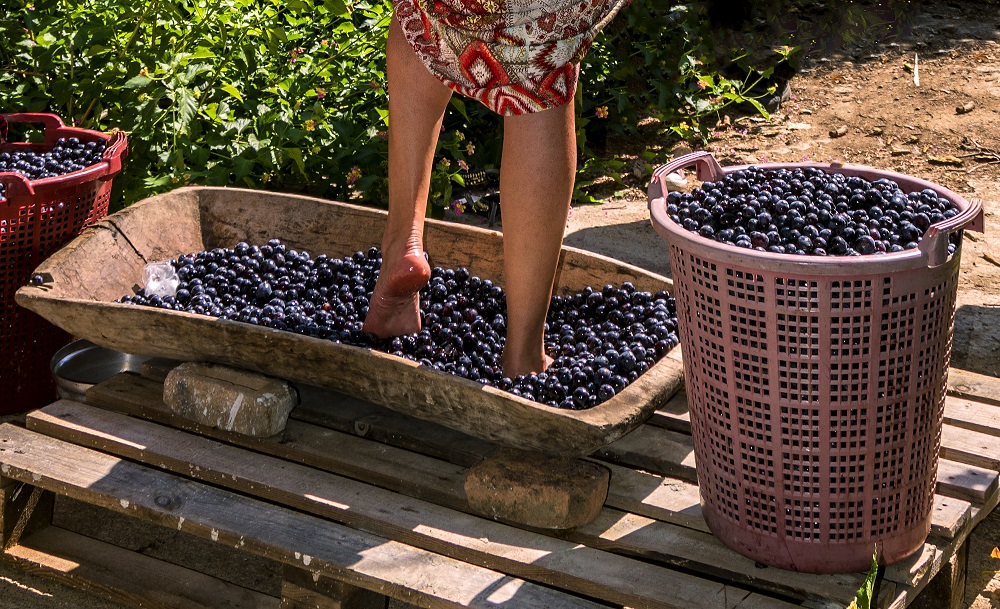
Heavier rosé wines as Whispering Angel or Muse de Miraval have characteristics of red wine grapes. Therefore they need to be savored at higher temperatures.
Is rosé wine sweet or dry?
Rosé wine is a popular choice for many wine connoisseurs due to its delightful flavor and versatility. But the question remains, is this type of wine sweet or dry? The answer depends on several factors, including the type of grape used to produce the wine.
The most common grapes used in rosé wines are Pinot Noir and Grenache, both of which can be made into either a sweet or dry variety of rosé. While Pinot Noir rosé tends to have an earthier flavor with notes of cranberry and raspberry, it can also be made into a sweeter style that has aromas of strawberry jam.
On the other hand, Grenache produces a more fruity taste with hints of cherry and watermelon that can range from dry to sweet depending on how much residual sugar remains after fermentation.
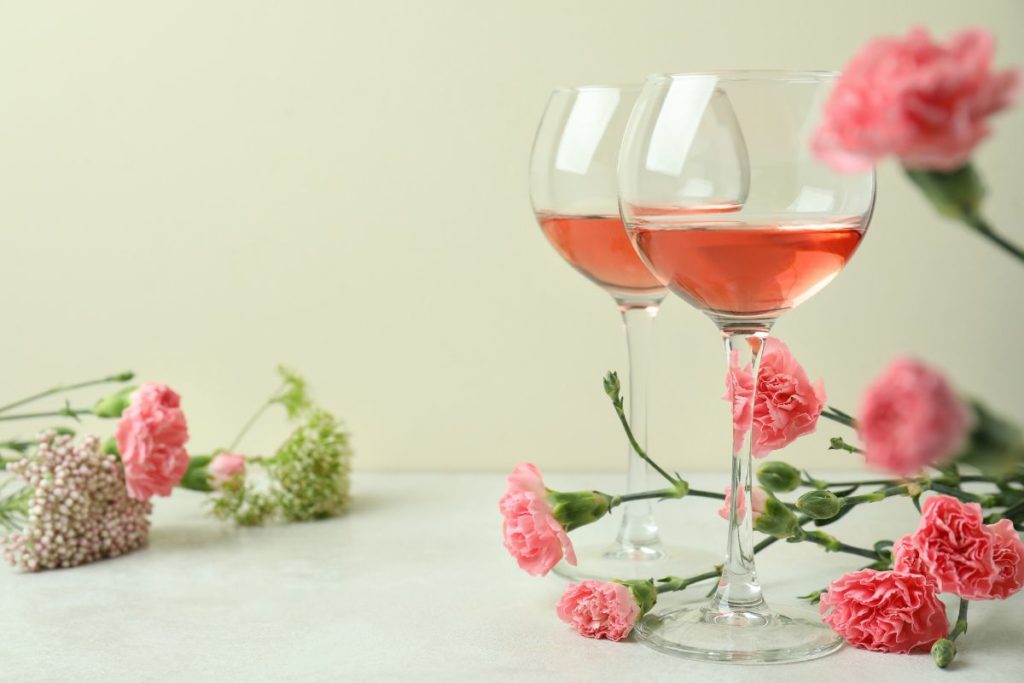
Is rosé wine a strong wine?
Rosé wine is a popular choice among many wine lovers and those who prefer the lighter side of alcoholic beverages.
In most cases rosé wines have lower alcohol content than other types of wines. The amount of alcohol in rosé varies between 9-14% depending on the type and region. However, due to its popularity some producers have been experimenting with higher ABV’s (Alcohol by Volume), pushing up the strength levels closer to 15%.
So while generally speaking rosé wine may not be as strong as other varieties, there may be exceptions when looking at certain bottles.
What food does rose pair with?
Referring to food rosé is very versatile. Due to the different strawberry, raspberry, citrus fruit and salty notes you can taste. It`s a good companion to start your meal as an aperitif drink combined with light cheese, ham, coppa, charcuterie board or sea food tapas.
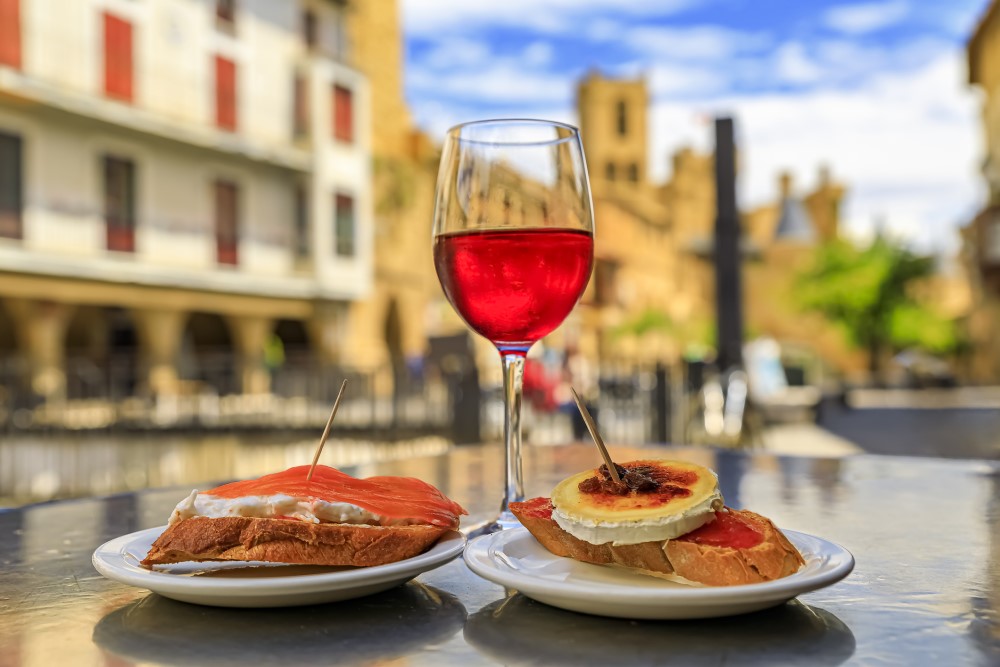
It pairs well with fish dishes, and grilled white meat and lamb. Rosé wines which are very acidic are a good match with spicy food.
What is the right temperature to serve rosé wine?
Enjoying a glass of rosé requires more than just selecting the right bottle. Knowing the correct serving temperature is key to unlocking the flavor and aroma of this refreshing beverage.
Depending on whether you’ve chosen a sweet or dry rosé, there are different temperatures at which it should be served.
Chilling emphasizes the structure of the wine. The impression of acidity increases as well as the slimness of the wine because aroma and alcohol become less present.
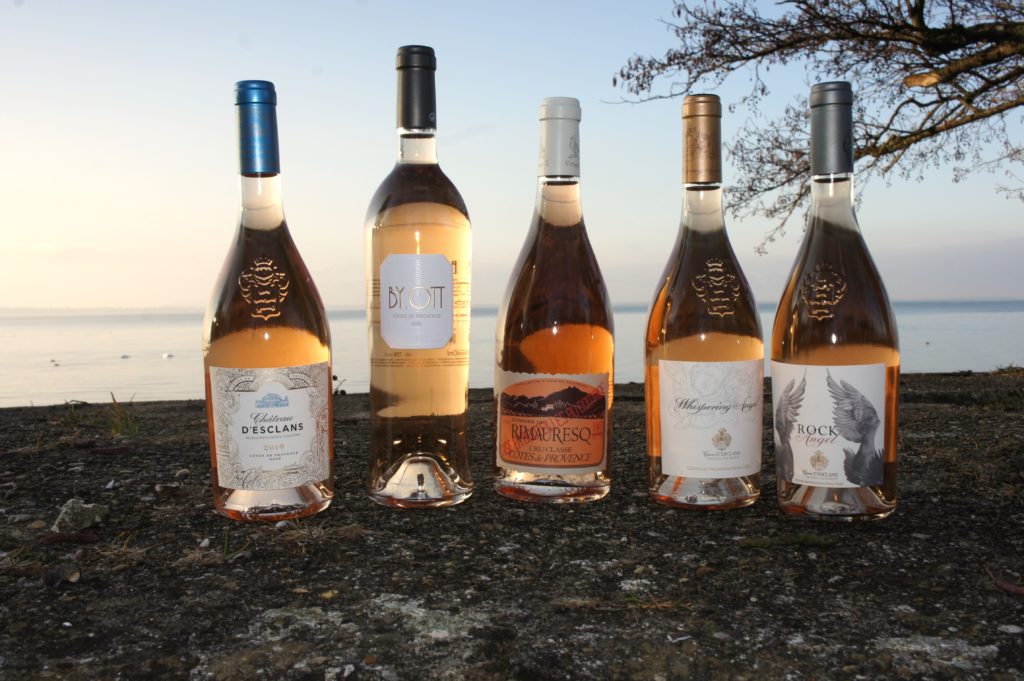
Sweet rosé wine
For a sweet rosé, serve chilled between 45-50°F. This will help keep its sweetness in check while still allowing its floral and fruity aromas to come through fully.
Dry rosé wines
For dry roses, aim for slightly cooler temperatures around 40-45°F so that the wine’s tartness stays balanced and not too harsh on your palate.
This will also bring out some of its earthy undertones as well as hints of pepper and other spices. Serve slightly warmer if you want to accentuate any berry notes present in the blend.
Can you age rosé?
Enjoy rose while it`s young! Most rosés except for the prestige wines and millesime pink champagne should be consumed in the year it`s bottled.
You can store roses 1-3 years but should not wait too long. The main characteristics of rose, acidity and fruitiness change during the storage period to give a different aroma.
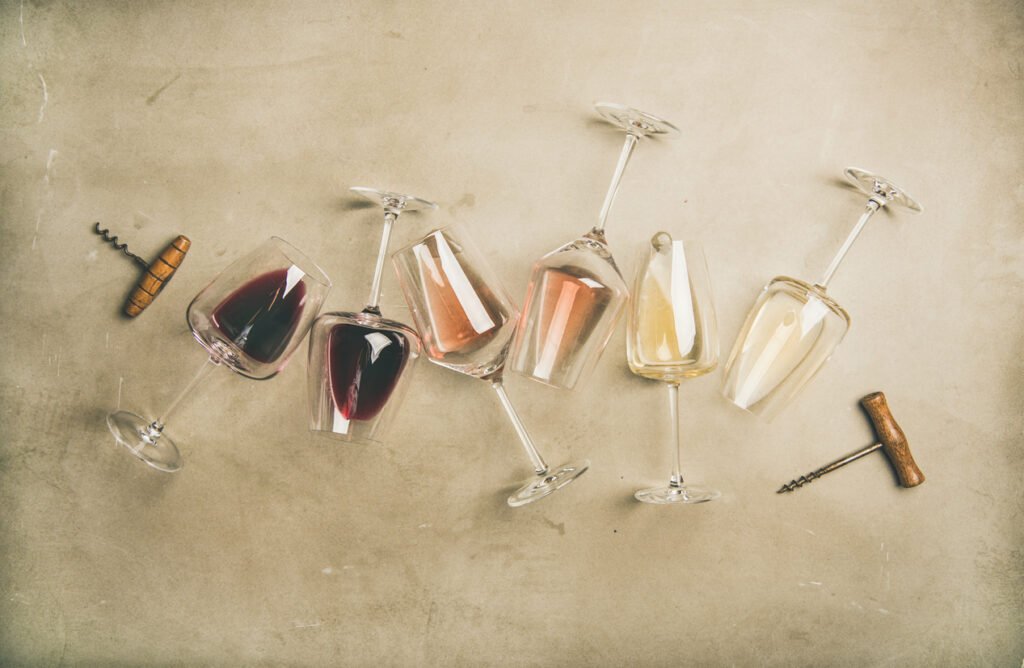
Rosé sparkling wines
A type of bubbly wine, rose sparkling wines, also known as rosé Champagne, are an elegant and delicious addition to any special occasion or gathering.
Created by blending white and red wines, rosé champagnes have a delightful mix of aromas and tastes that can range from sweet to tart depending on the variety chosen.
Pinot noir is the red wine grape mostly used for pink champagne.
7 Popular rosé wines
Chateau la Sauvageonne – La Villa Rose
This light rosé made by Gerard Bertrand is a certified bio wine. It is highly acclaimed by wine critics. It has notes of crushed strawberry, sweet spices, very floral notes of violet and hawthorn. The best serving temperature are 12-13°C and it pairs well with chicken, salty starters and sea fruit. Depending on the vintage you can find the wine at prices of 50-70 USD.
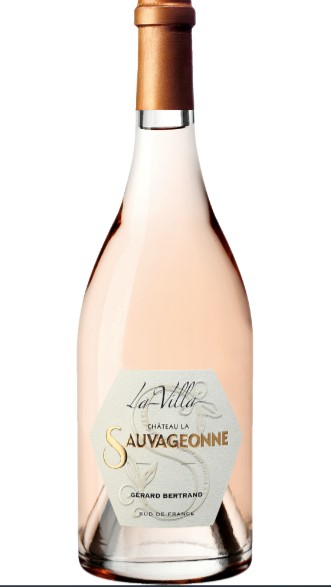
Domaines Ott – Etoile Rose
This rosé from Bandol, Provence is made from Grenache and Mourvedre grapes. These red wine grapes provide fruit flavors of mango, passion fruit, peach and lemon with slight salty notes. This dry rosé wine pairs well with grilled poulty, porc, seafruit or vegetarian dishes. The Etoile Rose from the Domaines Ott is a highly acclaimed but pricey pink wine. You can find it between 100-140 USD.

Vina Vik La Piu Belle Rosé
This chilean wine is a blend of cabernet sauvignon, cabernet franc and syrah. The bouquet of this syrah rosé features delicate hints of red berries such as strawberries, raspberries and currants as well as notes of grapefruit, citrus peel and ripe melon. This cabernet sauvignon rosé pairs well with shellfish, spicy foods cured meats and hard cheese. This highly acclaimed pink wine can be found at 30-35 USD.
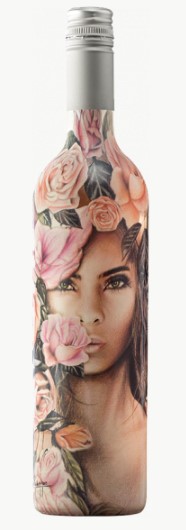
Miraval – Muse de Miraval
This Cotes de Provence wine is crafted by the Perrin family at the Chateau Miraval owned by Brad Pitt and Angelina Jolie. The Muse de Miraval is one of the highest rated rosé wines. It is a blend of the red grapes Grenache and Vermentino (Rolle). Muse de Miraval has notes of peach, apricot and lychee. This dry rose wine is best served ad 9-10°C and pairs well with shellfish and vegetarian dishes. This provence rose has its price at 250 USD per magnum bottle.
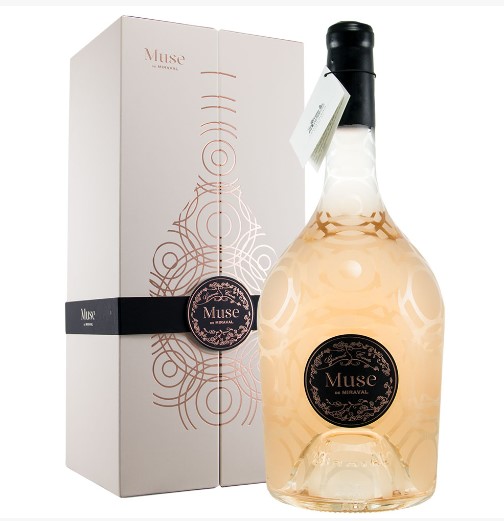
Clos du Temple – Languedoc Cabrieres
A sip of Clos du Temple will reveal flavors such as peach and pear combined with floral nuances coming from the Syrah grapes. This full-bodied rose has great structure, yet there is still plenty of freshness to enjoy while you savor its fine flavor profile. This exclusive wine pairs well with grilled lean fish, vegetarian dishes and pasta with tomato sauces. You need to spend 250-300 USD per bottle of Clos du Temple.
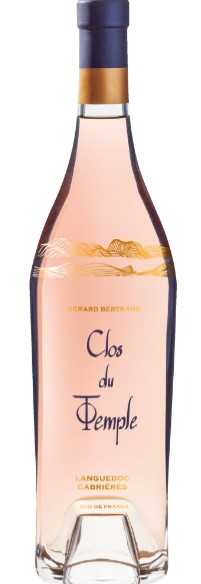
Puglia Pop -Triglia Negroamaro Rosato
This italian wine from Puglia in southern Italy is made from the negroamaro grape. It has notes of pomegranate, strawberry and citrus fruit flavors. It pairs well with goat cheese, rich fish and shellfish. This crisp rosé is available at around 20 USD
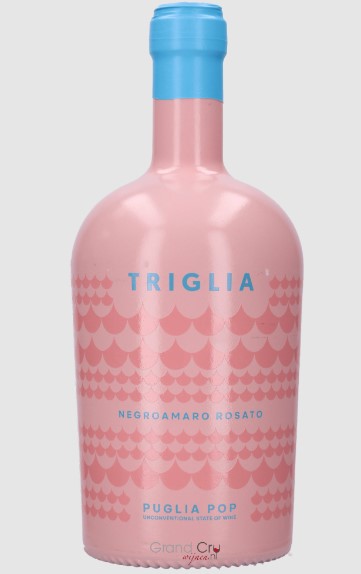
Bodegas Vilano – Think Pink Rosado
The Bodegas Vilano is making this wonderful Tempranillo rosé. It ranks among the top 25 spanish rose wines. It has raspberry, cherry and violet notes. This dry rosé wine pairs well with spicy foods, shellfish, rich fish and starters. You should be able to find it for 10 USD per bottle.
Sweet rosé wines
Rosé wines which are sweet are popular among novice drinkers because of their lightness and sweetness, which can be attributed to the types of grapes used in production. Sweet roses typically use Muscat Blanc à Petits Grains, Grenache Noir, Cinsault, Mourvedre, and Pinot Meunier grapes. These varieties give off a fruity aroma that pairs perfectly with light cheeses like goat cheese or brie.
Roscato – Rosé Dolce
Rosé Dolce is a low alcohol sweet rosé. It is produced in Lombardy using pinot noir, teroldego and croatina grapes. This sweet rosé wine shows aroma of strawberry, raspberry as well as apple and lemon. It pairs well with spicy food and grilled meat. You can enjoy this sweet italian wine for around 12 USD.
Castello del Poggio – Sweet rosé
The sweet rosé is made in the Piedmont region. It has notes of peach, melon, cantaloupe and strawberry. You can enjoy this wine as a dessert wine. It is available for around 10 USD.
Rosé Champagne
Sparkling rosés are created by blending together white grape juice with red grape juice. This gives the rosé champagne an unmistakable rosy color and a sweeter flavor than traditional champagne. As well as being incredibly versatile to pair with food, rose champagne also adds an elegant touch to any occasion or celebration, making it perfect for toasting or sipping while enjoying a romantic evening outdoors.
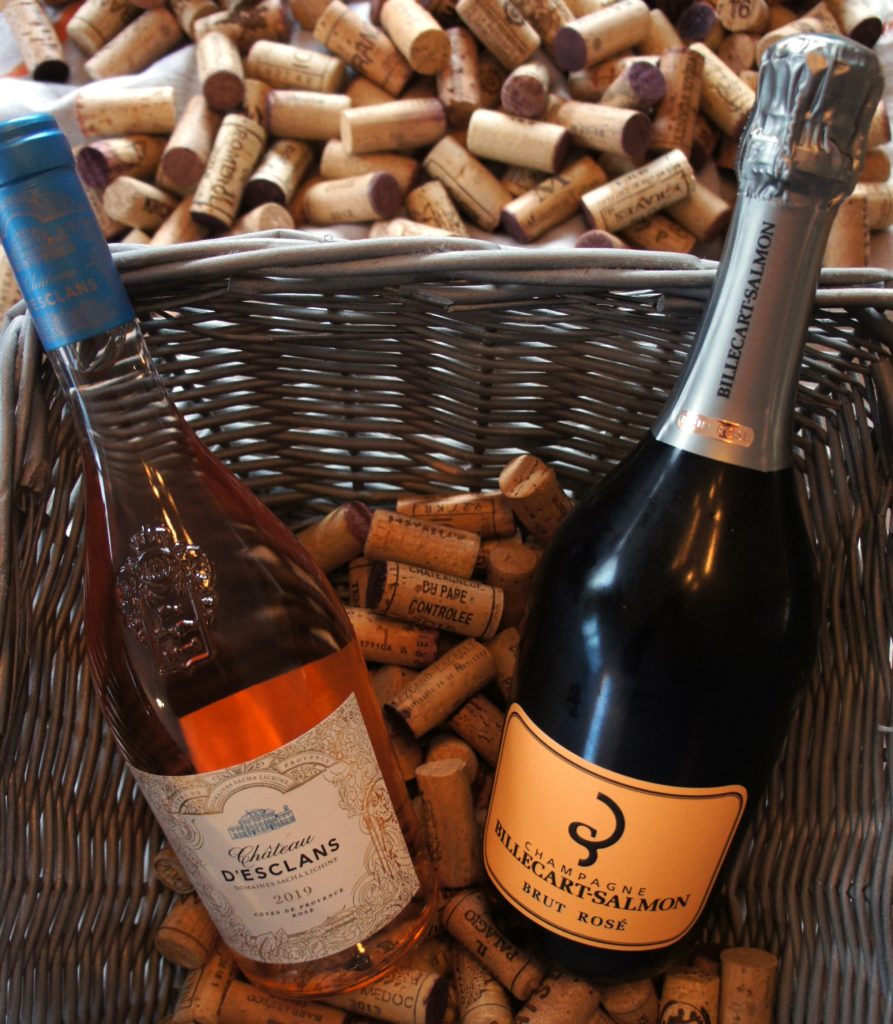
Tarlant – Rosé Zero Brut Nature
The rose champagne is a blen of chardonnay, pinot noir and pinot meunier grapes. This zero dosage sparkling rosé has strawberry, raspberry and red fruit flavors with slight citrus fruit notes. You can enjoy it as an aperitif drink. You can find it for around 75 USD.

Drappier – Rosé de Saignée Brut Champagne
Drappier Rosé de Saignée is produced in the Marne region by the saignée or bleeding method. It is a blend of chardonnay and pinot noir grapes. It is a fizzy, acidic sparkling rosé with notes of red fruits and citrus fruits. You can pair it well with mild and soft cheese as well as with pork, shellfish and rich fish. It is available for 75 USD.
Conclusion
Rosé wines are a versatile drink. You can find still and sparkling, dry and sweet variants. We hope that you enjoy them all!

